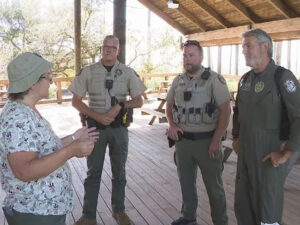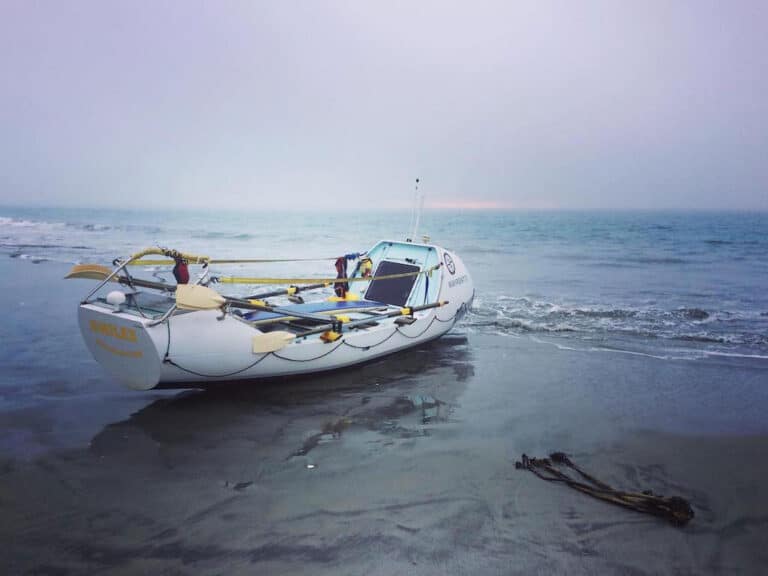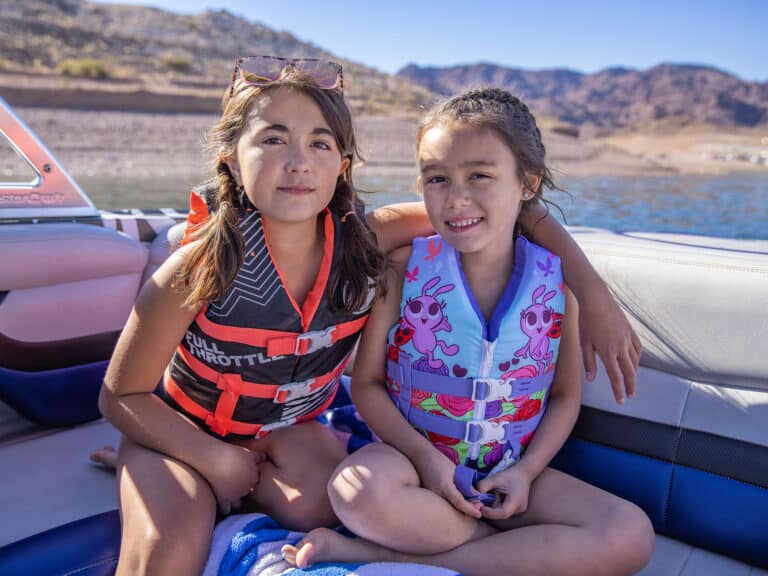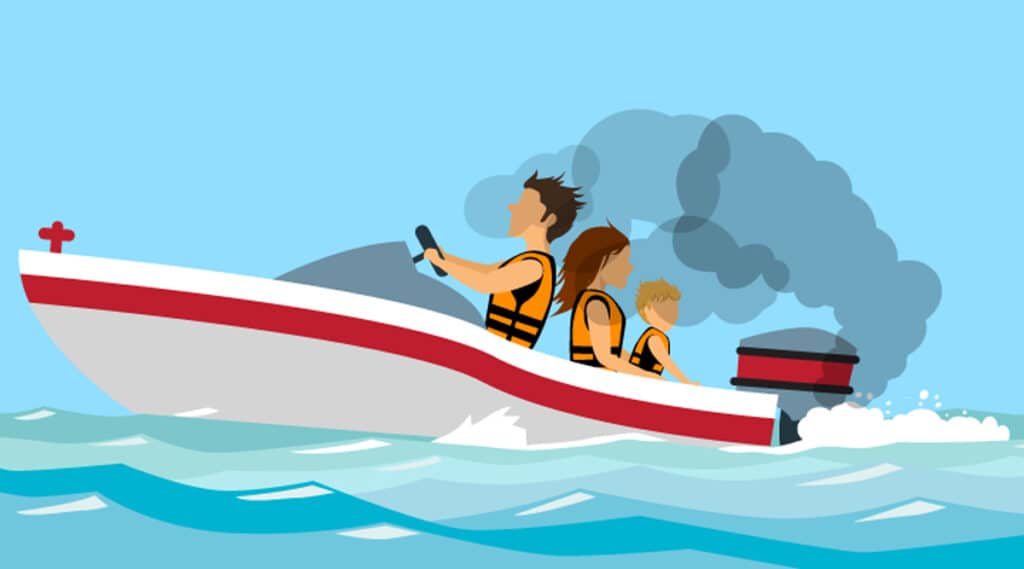
As boating enthusiasts we are drawn to the serenity and freedom of life on the water. However, amidst the excitement and relaxation, a hidden danger lurks—carbon monoxide (CO) poisoning. This stealthy killer can quickly turn a delightful boating experience into a tragedy. Here’s what you need to know about carbon monoxide to keep yourself and your loved ones safe on the water.
Understanding Carbon Monoxide
Carbon monoxide is a colorless, odorless, and tasteless gas produced by the incomplete combustion of fuels such as gasoline, diesel, and propane. Exhaust fumes from boat engines, generators, or even neighboring vessels can release dangerously high levels of carbon monoxide. This odorless gas binds to hemoglobin in the bloodstream, reducing the body’s ability to carry oxygen. This deprives vital organs and tissues of oxygen, leading to symptoms such as headaches, dizziness, nausea, confusion, loss of consciousness, and, in severe cases, brain damage, coma or death.
The Silent Threat
One of the most insidious aspects of carbon monoxide poisoning is its stealthy nature. Its lack of color, smell, or taste makes it virtually undetectable without proper monitoring equipment. Carbon monoxide can accumulate in enclosed or poorly ventilated spaces, such as cabins and enclosed cockpits, but many boaters don’t realize it also can reach dangerous concentrations in open areas.
Beware of Backdrafting
Exhaust gases from the boat’s engine or generator can be drawn back into the vessel. Particularly when idling or traveling at low speed, exhaust gases may accumulate around the stern or swim platform, causing carbon monoxide concentrations to quickly reach dangerous levels. Backdrafting can happen due to various factors, including improper ventilation, obstructions in the exhaust system, or unfavorable wind conditions. When a boat is idling or moving slowly, it produces more carbon monoxide than it does when running at full speed. There’s also less air moving over the boat at low speed, compounding the risk. It is particularly crucial to be aware of backdrafting when the boat is anchored, moored, or in a confined space with limited air circulation.
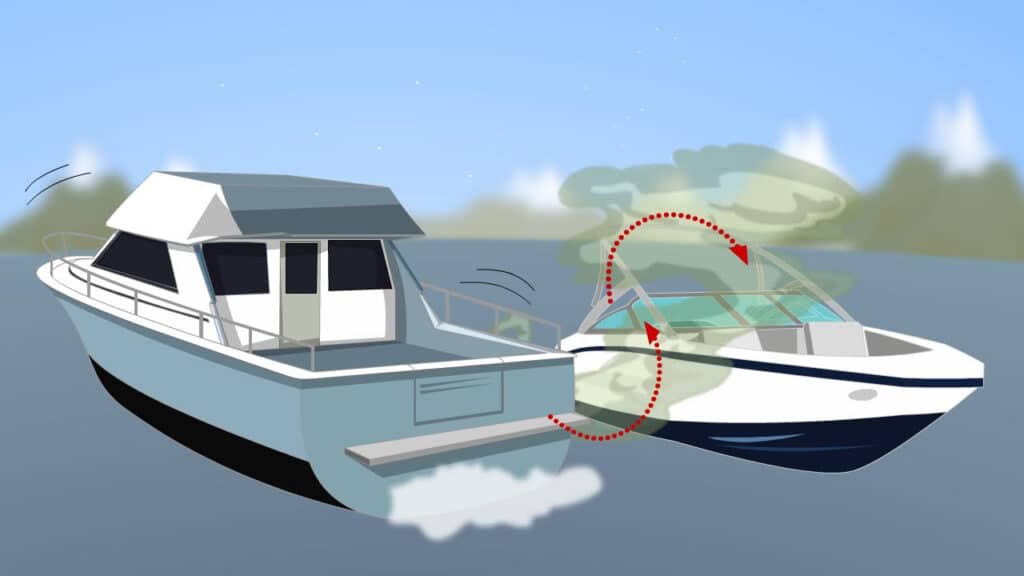
Recognizing the Symptoms
One reason carbon monoxide is such an insidious threat is that boat occupants may not realize they are inhaling toxic fumes until symptoms arise, and by then, it may be too late. Recognizing the signs of carbon monoxide poisoning is crucial for prompt action. Symptoms often mimic seasickness or flu, making them easy to overlook. Early signs include headache, dizziness, nausea, fatigue, confusion, or shortness of breath. Prolonged exposure to high levels of carbon monoxide can lead to loss of consciousness, seizures, or even death. It is vital to remain vigilant and aware of these symptoms while on board.
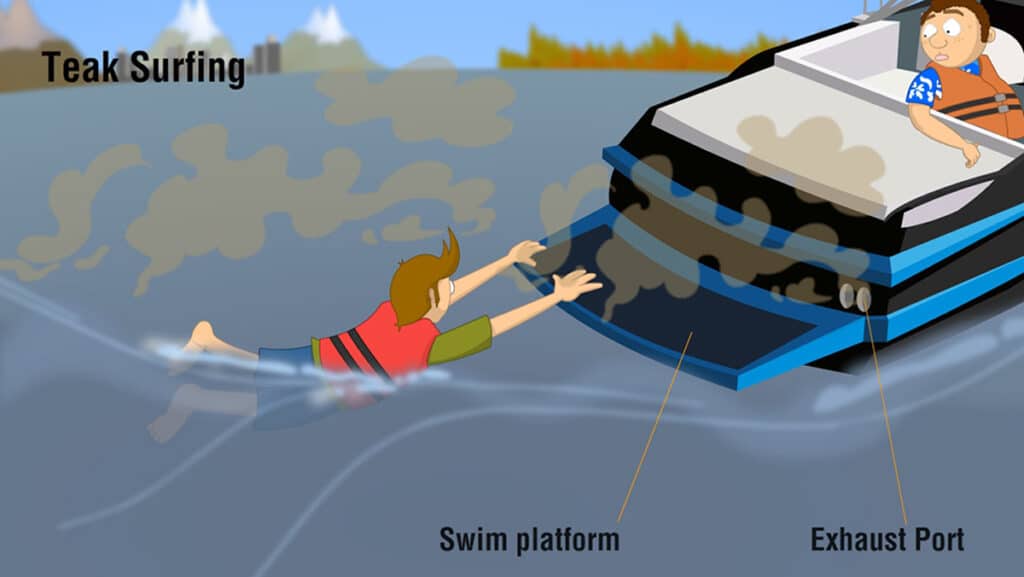
Preventing Carbon Monoxide Poisoning
Mitigating the risk of carbon monoxide poisoning requires a proactive approach. Here are key preventative measures to adopt:
- Carbon Monoxide Detectors: Install marine-grade carbon monoxide detectors in relevant areas of the boat, such as the cabin and cockpit. These detectors emit audible alerts when carbon monoxide concentrations reach hazardous levels, providing early warning and allowing for swift action. Body-worn carbon monoxide detectors can be had for as little as $40 and are a great precaution, especially for children. Just clip them to a life jacket.
- Proper Ventilation: Ensure your boat is well-ventilated and that its exhaust system functions properly. Regularly inspect and maintain exhaust ports, and never block or obstruct them.
- Engine Maintenance: Regularly service and maintain boat engines and generators to minimize the production of carbon monoxide. Check exhaust systems for leaks, and promptly repair any issues detected.
- Be Cautious with Generators: If your boat is equipped with a generator, be mindful of its location and exhaust direction. Ensure it is placed in a well-ventilated area, away from occupied spaces and orient the exhaust to direct fumes away from the boat.
- Swim Platform Safety: Avoid swimming near the boat’s swim platform or the areas where exhaust fumes are released. Carbon monoxide can accumulate around these areas and poses a significant risk, especially when idling or operating at slow speeds.
- Education and Awareness: Educate yourself, your crew, and passengers about the dangers of carbon monoxide poisoning and the importance of preventative measures. Make sure that all children on board are aware of carbon monoxide risks and know to immediately report symptoms to an adult.
- Stay Alert to Weather Conditions: Be aware of wind direction and speed, as they can impact the accumulation and dispersal of carbon monoxide fumes. Adjust your boat’s position or relocate to a safe area if necessary.
Carbon monoxide poisoning is a silent threat that can jeopardize the safety and well-being of boaters. By understanding the risks, recognizing the symptoms, and implementing preventative measures we can protect ourselves and our fellow passengers from this hidden danger. Prioritizing proper ventilation, installing carbon monoxide detectors, and maintaining engines and generators are essential steps to minimize the risk of carbon monoxide poisoning. By staying informed, vigilant, and proactive, we can ensure that our boating adventures remain safe, enjoyable, and free from the perils of carbon monoxide.

